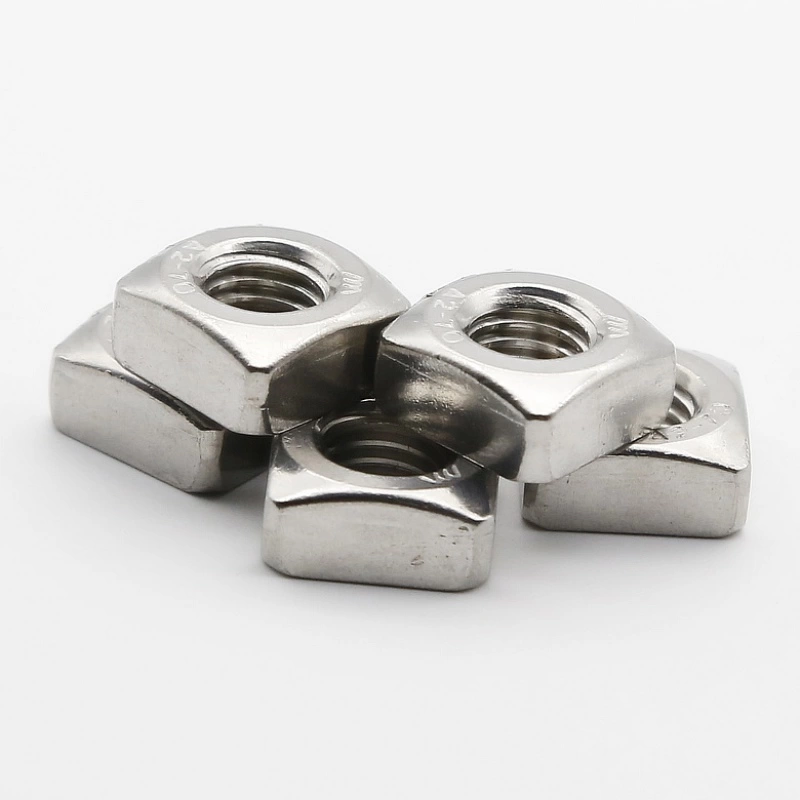

Exploring Essential Components for Solar Panel Installation and Maintenance
Nov . 09, 2024 03:13 Back to list
Exploring Essential Components for Solar Panel Installation and Maintenance
Understanding Solar Panel Hardware Key Components and Their Importance
As the world increasingly turns to renewable energy sources, solar power stands out as one of the most promising options. Solar panels harness the sun’s energy to generate electricity, but the underlying hardware that makes this possible is just as critical as the panels themselves. In this article, we will explore the essential components of solar panel hardware and their significance in creating efficient solar energy systems.
1. Solar Panels
At the heart of any solar energy system are the solar panels themselves, typically made up of photovoltaic (PV) cells that convert sunlight into electricity. These cells are usually constructed from silicon, which is a semiconductor that allows for the absorption of photons from sunlight. It's important to note that the efficiency of solar panels varies based on the type, with monocrystalline, polycrystalline, and thin-film being the most common types available on the market today.
Monocrystalline panels are known for their high efficiency and longevity, while polycrystalline panels tend to be more affordable but slightly less efficient. Thin-film solar panels, on the other hand, are lighter and flexible but usually require more space to produce the same amount of power as their crystalline counterparts.
2. Inverters
Inverters are critical components of solar panel systems, serving as the bridge between the solar panels and the electricity in your home or the grid. They convert the direct current (DC) generated by the solar cells into alternating current (AC), which is the standard form of electricity used by most household appliances.
Different types of inverters exist, including string inverters, microinverters, and power optimizers. String inverters are typically used in residential installations where the solar panels are connected in series. Microinverters, on the other hand, are installed on each individual panel, allowing for better performance in shaded conditions. Power optimizers operate similarly to microinverters, enhancing the output of each panel while still using a central inverter.
3. Mounting Systems
solar panel hardware

The installation of solar panels requires sturdy and reliable mounting systems to ensure they are securely attached to rooftops or the ground. These systems must be robust enough to withstand various weather conditions, including high winds and heavy snow loads.
There are different types of mounting systems available, such as fixed mounts, adjustable mounts, and tracking mounts. Fixed mounts are the most common, providing a stable foundation for the panels. Adjustable mounts allow for changes in angle to maximize sunlight exposure throughout the year. Tracking mounts can follow the sun’s path, significantly increasing energy capture, but they are also more expensive and require more maintenance.
4. Batteries and Storage Solutions
To maximize the utility of solar energy, many systems incorporate battery storage solutions. These batteries store excess energy generated during sunny periods, making it available for use at night or during periods of low sunlight. This capability increases the reliability of solar energy and provides users with greater control over their energy consumption.
Lithium-ion batteries are the most popular choice for solar battery storage due to their efficiency, longevity, and decreasing cost. However, other options like lead-acid batteries are also available, though they typically have shorter lifespans and lower overall efficiency.
5. Monitoring Systems
Lastly, effective monitoring systems play a crucial role in the performance of solar panel hardware. These systems provide real-time data on energy production and consumption, helping users to understand how much electricity is being generated and used. This information is essential for optimizing energy efficiency, allowing users to make informed decisions about their energy use and to detect any performance issues early on.
Conclusion
The hardware involved in solar panel systems is essential for harnessing the power of the sun efficiently and effectively. Each component—from the solar panels to inverters, mounting systems, batteries, and monitoring systems—plays a vital role in the overall performance and reliability of solar energy systems. As technology continues to advance, we can expect further improvements in solar panel hardware, making solar power an even more feasible and integral part of our energy future. By understanding these components, homeowners and businesses alike can make more informed decisions about adopting solar energy solutions.
Latest news
-
High-Strength Hot-Dip Galvanized Bolts-Hebei Longze|Corrosion Resistance&High Strength
NewsJul.30,2025
-
Hot Dip Galvanized Bolts-Hebei Longze|Corrosion Resistance&High Strength
NewsJul.30,2025
-
Hot Dip Galvanized Bolts - Hebei Longze | Corrosion Resistance, High Strength
NewsJul.30,2025
-
High-Strength Hot Dip Galvanized Bolts-Hebei Longze|Corrosion Resistance, Grade 8.8
NewsJul.30,2025
-
Hot Dip Galvanized Bolts-Hebei Longze|Corrosion Resistance,High Strength
NewsJul.29,2025
-
High-Strength Hot Dip Galvanized Bolts - Hebei Longze Metal Products Manufacturing Co., Ltd.|corrosion resistance&high strength
NewsJul.29,2025

